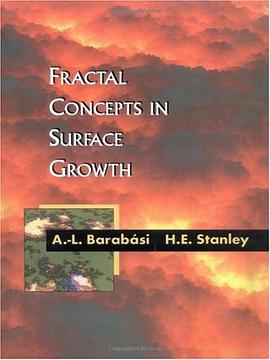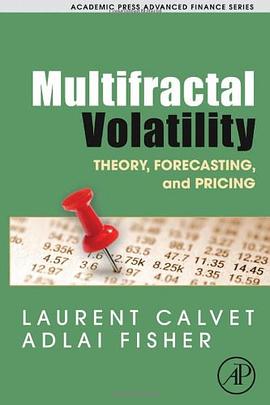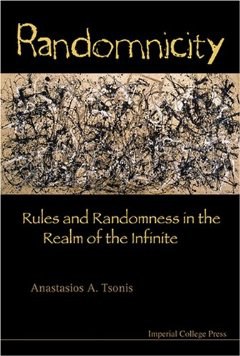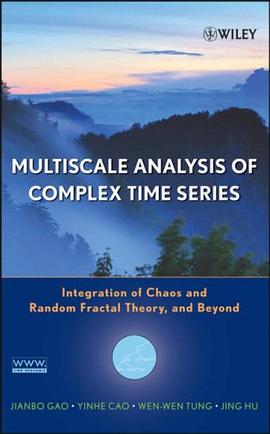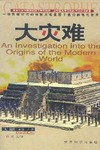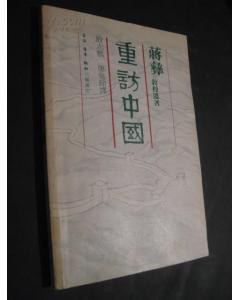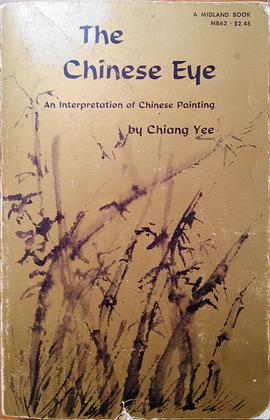序
自序
分形几何介绍(只需要初等数学的知识)
博士论文
The Use of Fractional Brownian Motion in the Modelling of the Dispersion
of Contaminants in Fluids
Chapter 1: Outline of Project 1
1.1 Introduction 1
1.2 Fractal and Fractional Brownian Motion 1
1.3 Aim and Objectives 2
1.4 Structure of Thesis 3
Chapter 2: Diffusion and Dispersion in Fluids
-- A Literature Review 4
2.1 Introduction 4
2.2 Molecular Diffusion: Fick’s Law and the Diffusion
Equation 5
2.3 Statistical Theory of Diffusion: Brownian Motion 8
2.4 Turbulent Diffusion 11
2.4.1 Introduction 11
2.4.2 Eddies 12
2.4.3 Taylor’s Theorem 13
2.4.4 The Relationship Between Lagrangian and
Eulerian Measurement 15
2.4.5 Relative Diffusion and Richardson’s Law 17
2.4.6 Okubo’s Oceanic Diffusion Diagrams 19
2.5 Shear Dispersion 22
2.5.1 Introduction 22
2.5.2 Taylor and Elder’s Shear Dispersion Results 22
2.5.3 Dispersion in Rivers 24
2.5.3.1 Dispersion in Uniform Depth Open Channel 25
2.5.3.2 The Three-Dimensional Diffusion
Coefficients in an Open Channel 28
2.5.3.3 Dispersion in a Natural Channel 30
2.5.4 Dispersion in the Sea 31
2.5.4.1 Introduction 31
2.5.4.2 Relative Diffusion on the Ocean Surface 32
2.5.4.3 Coastal Region 36
2.6 Numerical Model of Dispersion 38
2.6.1 Solution of the Advection-Diffusion Equation 38
2.6.2 The Disadvantage of Solving the
Advection-Diffusion Equation 40
2.7 Particle Tracking Methods 42
2.7.1 Traditional Particle Tracking Methods 42
2.8 Summary 46
Chapter 3 Brownian Motion, Fractional Brownian Motion
and Fractal Geometry 47
3.1 Brownian Motion 47 3.1.1 The Definition of Brownian Motion 47 3.1.2 Two Simple Random Walks 48 3.1.3 Brownian Motion Generation 51
3.1.3.1 Central Limit Theorem Method 52
3.1.3.2 The Box-Muller Method 53 3.1.4 The Properties of a One-Dimensional
Brownian Motion Time Trace 54
3.1.5 The Skewness and Kurtosis of Random Walks 57 3.1.6 Random Walks in Two Dimensions 59
3.1.6.1 Delta Random Walks in Two Dimensions 60
3.1.6.2 Constant Random Walks in Two
Dimensions 60
3.1.6.3 Brownian Motion in Two Dimensions 61 3.1.7 The Last Steps of the Random Walks in Two
Dimensions 62
3.2- Fractional Brownian Motion 63
3.2.1 Introduction 63 3.2.1.1 Fractional Brownian Motion:
A Generalisation of Brownian Motion 63
3.2.1.2 Applications of Fractal Brownian Motion 64
3.2.1.3 The Definition of Fractional Brownian
Motion 67
3.2.1.4 Properties of Fractional Brownain Motion 68 3.2.1.5 Methods for the Generation of Fractional
Brownian Motion 70
3.2.2 FBM Model 71 3.2.3 FBMINC Model 76 3.2.4 The Comparison of the FBM and FBMINC Models 80
3.2.5 fBm Plots in One Dimension 85 3.2.5.1 Fractional Random Walk Plots for the
FBM Model 85
3.2.5.2 The Effect of the Different Random
Number Sequences 89 3.2.5.3 The Mean Absolute Separation of an
fBm Trace 90 3.2.6 The Relationship Between M, NSTEP and P 92 3.2.6.1 Relationship Between NSTEP and M 92
3.2.6.2 The Effect of the Number of Particles
in a Diffusing Cloud 94
3.2.6.3- A Check on Random Number Seeds 95 3.2.7 Fractional Brownian Motion in Two Dimensions 96
3.2.8 Projection of Two-Dimensional Fractional Brownian
Motion 98
3.2.9 The Use of Simpler Probability Distributions to
Reduce CPU Time 100
3.2.10 Long Term Fickian Behaviour 104 3.3 fBm as a Random Fractal Function 106
3.3.1 Fractal Geometry and Fractal Curves 106
3.3.2 Fractal Dimension 109 3.3.3 Fractal Properties of fBm 110
3.3.3.1 The Box Counting Dimension 111
3.3.3.2 The Dimension of an fBm Trace 111
3.3.3.3 The Dimension of fBm Trajectories 113
3.3.4 Method for Determining H from Real Data 116
3.4- Summary 121
Chapter 4 Coastal Bay Modelling 122
4.1 Introduction 122
4.2 New Particle Tracking Method Using in the Bay 122
4.2.1 Advection 123
4.2.2 Diffusion 124
4.2.2.1 Traditional Random Walk Model 124
4.2.2.2 Diffusion Using Fractional Brownian
Motion Model 125
4.2.2.3 The New fBm Particle Tracking Model 127
4.2.3 Choosing a Time Interval 128
4.2.4 Choosing a Diffusion Coefficient 129
4.2.5 Boundary Reflection 131
4.2.5.1 important Note on FBM Reflection 133
4.2.6 The Particle Tracking Model 133
4.2.6.1 The Particle Tracking Algorithm 133
4.2.6.2 Typical Particle Trajectory Plots for the
Bay Model 136
4.2.7 Particles Clouds 137
4.2.7.1 Computational Effort 137
4.2.8 Concentration Calculation and Plots 139
4.2.8.1 Algorithm for Calculation of Pollution
Concentration 140
4.2.8.2 Contour Plots and 3D Surface Plots 141
4.2.9 Further Reported Results 142
4.3 Shear Dispersion 143
4.3.1 Simple Shear Dispersion (Brownian Motion) 144
4.3.2 Shear Dispersion with Fractional Brownian Motion 147
4.3.3 Shear Dispersion in the Coastal Bay Model
Recirculation Zone 150
4.4 Summary 153
Chapter 5 Simulation of Observed Coastal Dispersion 189
5.1 Introduction 189
5.2 Northumbrian Coastal Water Data Sets 190
5.3 Three Methods for Calculating the Standard Deviation of
the Dye Patch Concentrations 191
5.3.1 The SQ-Method 192
5.3.2 The R-Method 193
5.3.3 The SR-Method 194
5.3.4 Estimation of the Direction of the Mean Advective
Velocity Vector for Each Patch 194
5.4 Comparison of the Three Methods 195
5.4.1 The Reason for Introducing the SR-Method 195
5.4.2 Comparison of the Results Using the Three
Methods 196
5.5 Accuracy of the Results 197
5.5.1 The Sensitivity of the Centre 197
5.5.2 The Concentration Function Calculation 198
5.6 Simulation of the Observed Dye Patches Using an fBm
Based Particle Tracking Model 198
5.6.1 The Accelerated Fractional Brownian Motion
(AFBM) Model 199
5.6.2 Simulation Using the FBMINC and AFBM
Models 202
5.6.3 Concentration Calculations 202
5.6.4 Contour Plots 203
5.7 Summary 205
Chapter 6 Conclusions, Discussion and Recommendations 243
6.1 Introduction 243
6.2 Achievement of Objectives 243
6.3 Discussion 247
6.4 Recommendations for Future Work 249
Appendix 1 FORTRAN 77 Programs 253
References 293
分形应用论文选
1. 分数布朗运动的简化和应用 317
2. 从分形维数到海洋表面漂浮物轨迹的模拟 328
3. 流体中污染物扩散的分形模拟 335
4. 用分数型布朗运动模拟海湾的剪切湍流分散 343
5. Development of FBMINC model for particle diffusion
in fluids 354
7 加速分数型布朗运动粒子追踪模型在水面污染扩散中的应用 387
· · · · · · (
收起)




